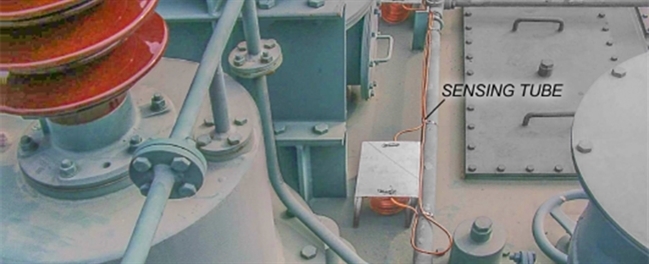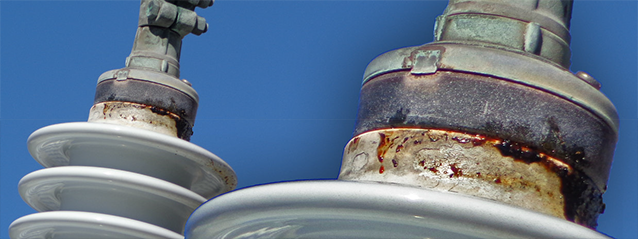
Electricity transmission and distribution systems are vital for the national economy. In parallel with the development and industrialization of the country, the demand for electrical energy has also increased. Transformers can be accepted as the potential weak link of the system, because a possible breakdown in the transformers, which is a major element for the power grid supplying electricity to buildings such as residences, workplaces, factories, etc. will leave the entire power network vulnerable. The failure of one or several transformers as a result of a power surge in the network may cause power outages that affect many homes and businesses, resulting in millions of Liras of damage, as well as weakening the electrical network for months, maybe years. As transformer units are large, expensive and custom-made devices, it can take a long time to replace a transformer that has become unusable. In this article, the causes of fires that occur in transformers and early detection solutions that can be applied to protect transformers against fire are explained.
When the fires that occur in transformers are examined, it is concluded that approximately half of these fires are caused by bushings and the rest are caused by the faults in on-load tap changers and transformer tanks.
During the life of the transformer, the structural strength and insulation characteristics of the materials used for electrical insulation deteriorate. Aging weakens the mechanical and dielectric strength. With the proper and regular maintenance, fire damage can be significantly prevented.
Approximately 50% of all transformer fires are caused by the faults in bushings containing oil. The main causes of this type of faults are as follows:
Leakage in the bushings causes oil to splash into the transformer’s main body. This oil will partially evaporate and will be ignited by the arc from a switching operation. The effect of the resulting fire will be limited if extinguishing is started immediately. However, this is frequently not the case for the standard heat-activated sprinkler heads, because the heat sensors exist inside the extinguishing installation located a few meters away from the transformer. Particularly in outdoor applications, rain and wind can neutralize the triggers available in the extinguishing system. For this reason, it is mandatory to detect the fire near the ignition zone to trigger extinguishing. This can be done by using the industrial type flame and temperature detectors.

A water jet extinguishing system usually contains a mechanical valve that is activated by temperature detectors and supplies water to the spray nozzles. In addition to relatively slow response times, standard temperature detectors are not suitable for harsh outdoor conditions (changes in the operating temperature (day/night, summer/winter), changes in the humidity level, lightning strikes, snow, fog, heavy rain, dust/dirt etc. in the areas where transformers are present). The detectors to be used to detect transformer fires should be able to cope with these harsh conditions and respond quickly in case of an incident. As the detector must be installed near the potential flame area, the detection element must be resistant to high temperatures.
The ADW 535 linear type temperature detector of Securiton is a temperature detector suitable for operation in harsh environmental conditions and can respond to temperature increases in the fastest way to ensure protection of the transformers against fire. With this detector, the breakout of the fire can be detected within a few milliseconds by detecting the temperature increase rate, and the extinguishing system can be immediately activated. Detection is based on the principle that the air pressure inside a sealed metal tube is increased along with the temperature rise. The air pressure inside the tube is measured at 2000 samples per second, and the temperature rise is detected with an accuracy of 0.2°C. The detection tube is placed as close as possible to the transformer tank, preferably on top of the transformer where oil that leaks from the bushing will be collected. Winding the detection tube to the device body to detect the temperature rises caused by the coil winding faults in the transformer and which may trigger a fire is a detection method that can be applied in accordance with the international application codes and standards.
As the detection tube may be made of copper or stainless steel material, it does not require special care when cleaning the transformer with compressed air or cleaning chemicals.
Lightning protection is easily ensured through a tube connected to earth.
ADW 535 Detector, which is also used in various tough areas such as manufacturing facilities in the gas and oil industry, facilities producing chemicals, vehicle maintenance or loading bays, cable tunnels, road tunnels, etc., ensures the necessary flexibility for industrial applications due to: